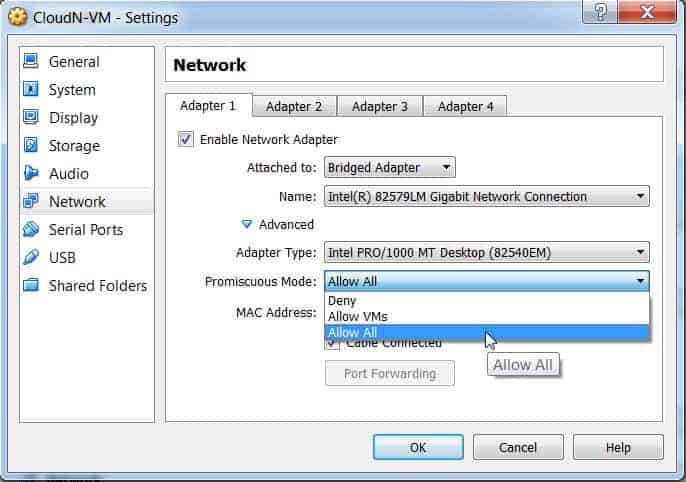

This is a must, or you cannot sniff wireless packets using Wireshark. The Wi-Fi card must support monitor mode to be able to sniff out wireless packets. By default, the mode is “ Managed,” which means that it is a client or station mode.


To check whether you meet this requirement, open the terminal using the shortcut Alt+Ctrl+T and run the command “ iwconfig.” This output should show if there is an operable Wi-Fi interface. Setup Checkīelow are the requirements for capturing Wi-Fi packets using Wireshark. There are some steps to be followed to achieve this. To follow this article, first, you should learn the basics of WireShark in the Wireshark Basic article, and then you can come back here. I would really appreciate help on this, it would make a great demo for job interviews, and would be an awesome skill to have.In this article, you will learn how to capture wireless frames using Wireshark in Linux (Example: Ubuntu. The last try: I used the raw tcpdump command as root, with and without the -p flag (without -p means run in promiscuous mode), and then analyzed the packets from the pcap file, which there were plenty of, just not any from any other machines.Ĭlearly there is something I am missing, maybe some kind of internal configuration deal. I've added the wireless SSID and password to wireshark, and applied that change, I also tried disconnecting and reconnecting my iPhone to the network several times, hoping to pick up the traffic from there. (en0 is the only internet interface on a macbook air, the other options being loopback, and peer to peer). I've tried using WireShark, with the "promiscuous" box checked, on my en0 interface. I've been following pretty diligently, but it seems like no matter what I do I cannot capture packets of other devices on my network. I'm on a MacBook air, and I got a book form the library about wireless network security.


 0 kommentar(er)
0 kommentar(er)
